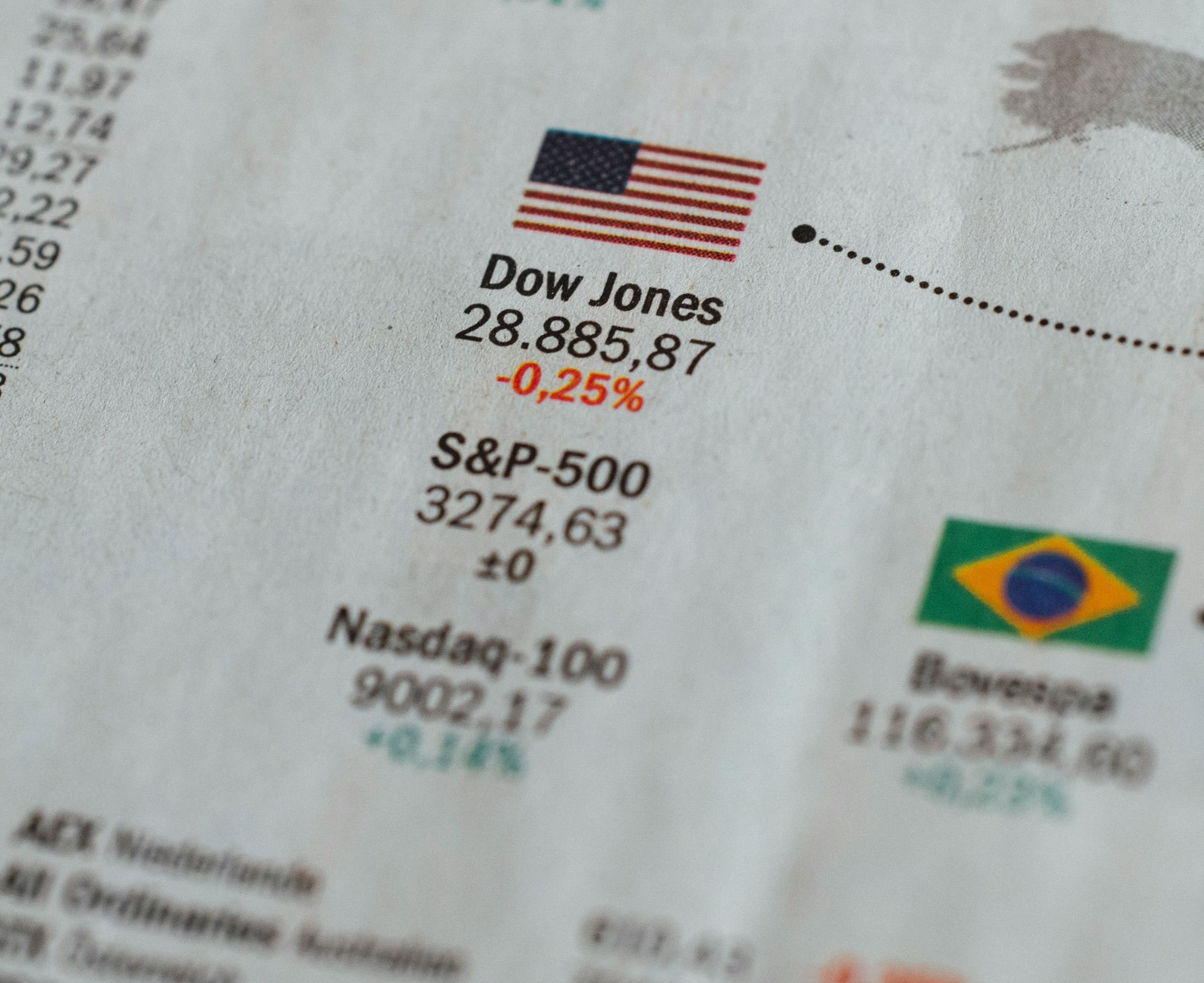Wall Street’s string of record closes—including Wednesday’s fresh highs on the S&P 500 and Nasdaq—might suggest market confidence is on the rise. But beneath the surface, institutional sentiment remains fractured. The rally, largely tech-led and driven by short-term catalysts like trade deals and rate-cut hopes, masks a more complex macro landscape.
Markets are rising, yes—but they are not broad-based or conviction-driven. This is capital positioning around policy ambiguity, not a collective return to risk appetite.
The current market mood is defined by dissonance. On one hand, investors are cheering progress on bilateral trade—most recently, a deal between the US and Vietnam imposing 20% tariffs on selected exports. On the other hand, labor data released midweek revealed unexpected weakness. Private payrolls shrank in June, and prior gains were revised downward.
Add to that a controversial $3.4 trillion tax-and-spend bill passed by the Senate and en route to the House. Nonpartisan scoring confirms its impact: a sharp increase in projected deficits over the next decade, just as the Fed prepares to debate near-term rate cuts. This convergence of soft employment, expansive fiscal policy, and ambiguous monetary timing creates a narrow corridor for capital flows. Allocators are not retreating—but they are clustering around defensible themes.
Markets briefly dipped on the private payroll miss but reversed mid-session on news of the US-Vietnam trade agreement. While the 20% tariff rate sounds steep, it offered something more valuable: visibility. Institutional investors have been searching for stability in supply chain and tariff structures since the breakdown of broader WTO enforcement mechanisms under the Trump administration’s bilateral strategy.
That clarity, however modest, was enough to re-anchor near-term equity momentum—particularly in tech, where the Nasdaq surged 0.94%, led by Nvidia, Apple, and Tesla. But this was not a rerating based on fundamentals. It was relief. The administration has also floated imminent deals with India, though signaled that further agreements may not be ready before July 9. The sequencing suggests deal-making is being used as a volatility suppressant, not a structural trade realignment strategy.
The Fed, meanwhile, faces a conflicting set of signals. Slower hiring and a possible uptick in unemployment (with Thursday’s non-farm payrolls report expected to confirm this) point to easing demand. Yet rate cuts into a fresh $3.4 trillion deficit surge may weaken policy credibility—particularly among sovereign bondholders focused on inflation resilience and reserve currency status.
For central bank watchers, the sequencing is key. A dovish Fed posture into a debt-funded fiscal expansion risks fueling asset inflation without solving labor market fragility. If rate cuts are read as reactive rather than preemptive, the risk is a return to policy misalignment reminiscent of late-2022.
Not all sectors are participating in the rally. Tesla, for example, rebounded 5% despite a major drop in second-quarter deliveries. Analysts viewed the miss as “less bad” than feared. Yet the stock is still down over 20% year to date—a sign that market response is being driven by positioning, not conviction.
Leveraged products like TSLL, which offer 2x exposure to Tesla stock, were among the most traded instruments. These flows point to tactical behavior: short squeezes, hedging unwinds, and event-driven leverage. This is not the posture of long-term capital returning to growth assets—it’s a sign of structural caution masked by mechanical rebound.
In contrast, Centene's 40% plunge to an eight-year low after withdrawing its 2025 forecast reveals a harsher truth. Health insurers, once seen as defensive plays in a high-rate environment, are losing pricing clarity. Revenue projections tied to marketplace plans are weakening, and institutional allocators are reassessing assumptions across the managed care space.
It’s worth noting that while the S&P 500 closed up 0.47% and the Nasdaq surged nearly 1%, the Dow finished slightly lower. There were 358 new highs on the NYSE—an impressive number, but one that mostly reflects momentum in select sectors. The rally is not deep. It is narrow, driven by the resilience of high-multiple names and short-term flows into levered ETFs.
Volume data confirms this risk-on tilt: 16.95 billion shares were traded, slightly below the 20-day average, suggesting that institutional participation is measured, not exuberant. The capital posture here is not blind optimism. It is conditional re-risking. Investors are leaning into thematic outperformance (AI, bilateral trade beneficiaries) while simultaneously rotating out of rate-sensitive or policy-ambiguous sectors like insurance and defensives.
Institutional capital is not exiting—but it is hedging, concentrating, and shortening duration. Allocators are waiting for the Fed to reconcile rate path ambiguity with fiscal expansion. Until that signal becomes clear, we can expect continued positioning around tech resilience and selective bilateral trade clarity.
In many ways, the current rally is less a vote of confidence and more a symptom of constrained options. With bonds facing duration risk, and real yields compressing under the weight of fiscal expansion, equities—especially those seen as innovation-adjacent or tariff-hedged—remain the least unattractive option. This rally may feel bullish. But structurally, it reflects caution, not conviction.








.jpg&w=3840&q=75)

.jpg&w=3840&q=75)



